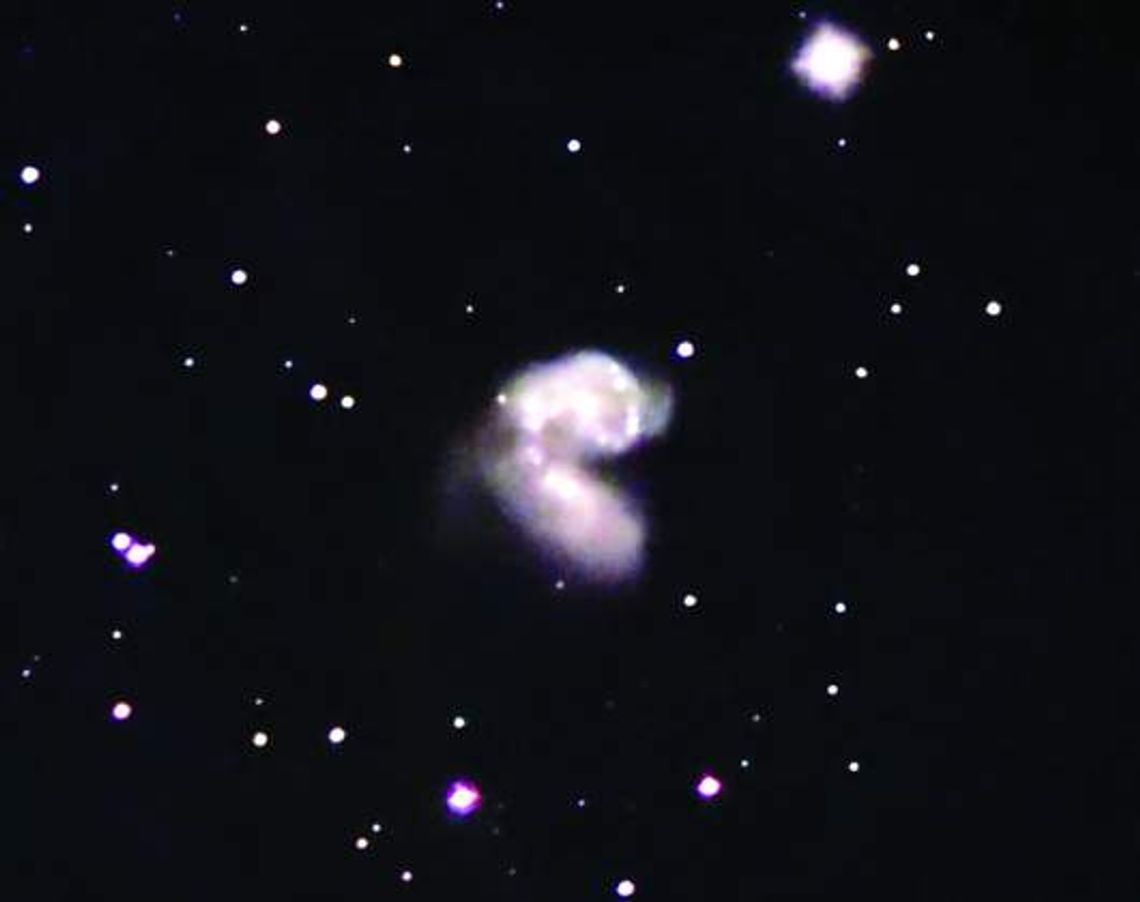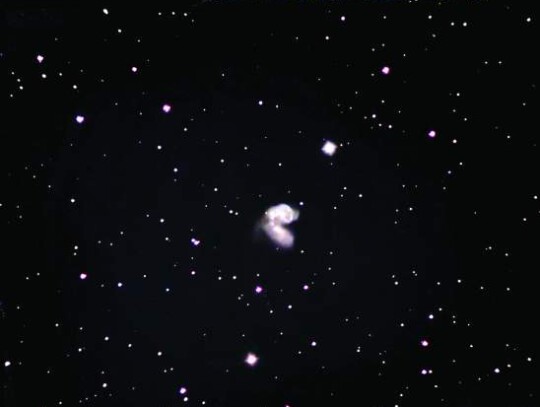“Summer was our best season: It was sleeping on the back screened porch on cots, or trying to sleep in the tree house; summer was everything good to eat; it was a thousand colors in a parched landscape.” ― Harper Lee, “To Kill a
Mockingbird” Rest is not idleness, and to lie sometimes on the grass under trees on a summer’s day, listening to the murmur of the water, or watching the clouds float across the sky, is by no means a waste of time.
— John Lubbock
This is the way I think of night skies in June through August. I’m so familiar with the stars and constellations and visual delights in the summer skies after dark, things I have seen from childhood.
I recall with fondness being on a camping trip with my parents and my older brother and his wife and family. It was mid-July at some lake north of Sherman, Texas.
The night sky was absolute blackness. I wandered off way away from the campground and marveled at Scorpius, Sagittarius and the Milky Way. I had never seen it so brilliant, and haven’t again to this day. It was an out-of-body experience.
I was just getting into astronomy, so I still retained a large portion of a sense of wonder. Sadly, I know too much now and have lost some of that wonder. Sometimes the “first time” you see or do something, nothing ever comes close again. It’s like your first kiss or your first anything.
This month, let’s discuss merging galaxies or colliding galaxies. Even though the spaces between stars are vast, the spaces between galaxies are almost unimaginably more vast. Even so, gravity works to pull two giant objects floating in free space toward each other if their relative motions cooperate.
Indeed, that is how many galaxies, including our own Milky Way, got to be the size they are today. Our galaxy has cannibalized many smaller galaxies that drew too near.
Eventually, the same will happen to our two existing dwarf galaxies, the large and small Magallanic clouds seen from the Southern Hemisphere. That will take a long time.
What will take even longer is the future approach, dance and merger with the Andromeda galaxy, currently 2.2 million light years away. Right now as I write this, they are speeding toward each other at 68 miles per second. But even at that speed, they won’t meet for another 4 billion years.
Then, the two galaxies will collide head-on and fly through one another, leaving gassy, starry tendrils in their wakes. For eons, the pair will continue to come together and fly apart, scrambling stars and redrawing constellations until eventually, after a billion or so years have passed, the two galaxies merge.
Our sun by then will have become a red giant and our Earth will be inside it’s outer shell. Envision Dante’s inferno. Humankind won’t be around to worry about it. If our descendants are still alive in some form, they will have moved far away.
On the bright side, it’s quite possible no two stars in the merging galaxies will collide, such are the distances between stars.
I bring all this up to show you two merging galaxies that I imaged on May 27, 2022. This pair is called the Antennae galaxies seen in the direction of the constellation Corvus in the southern spring sky. They are currently going through a starburst phase in which the collision of clouds of gas and dust, with related magnetic fields, causes rapid star formation.
This pair is 45 million light years distant. They haven’t merged yet, but the dance has begun.
Officially, they are designated NGC 4038 & 4039. They are each about 50 percent the size of the Milky Way. I have two images. One is full frame and one has been cropped for a larger more closeup view.
In closing, I have a PSA related to a local public star party in July:
Kendall County Friends of the Night Sky invites you to the city of Boerne Mid-Summer Night Star Party on Saturday, July 23, at Boerne City Lake Park, starting at 8:30 p.m. Come learn about how you can help preserve our Hill Country night sky with some night sky friendly home outdoor lighting tips.
Amateur astronomers will be there to share many wonders of our summer night sky with real-time views of star clusters, nebulas and all manner of fascinating astronomical delights. Guests are encouraged to bring red-light/night vision flashlights to help enable telescopes to work efficiently.
See the city of Boerne Parks and Recreation Department website for more details. Be aware that star parties are very dependent on not having clouds or rain. I’ve never met a telescope that could see through clouds.








Comment
Comments